Background
What is effective communication? Communication is where we convey information from one person to another or to a group of people. Effective communication is where this information is both received and understood. Ineffective communication is where the message may have been received but not understood; therefore, the message may not be acted upon or leave the recipient confused.
Types of Communication
There are various types of communication that we can use. No matter which we use, making sure your communication is effective is important. Some example types of communication are:
- Verbal – we communicate face to face, via video conference or telephone conference or via the telephone with the person
- Non-verbal – we are constantly communicating with our body language. What we say may not always match how we look and this can cause confusion
- Written – we communicate via email, letter or instant messenger
What is Effective Communication?
To answer the question of what is effective communication, we can first look at a definition for effective communication.
If we break this down into its parts, this will help us to understand what effective communication is.
- Passing of information – we construct a message in our brain that we want to convey to someone else
- Passing of understanding – we want the recipient to understand our message, not just receive it
- The minimum amount of interference – we need to reduce or remove any barriers to communication to ensure the message is fully received
Effective communication is the passing of information and understanding from one person's brain to another person's brain with the minimum amount of interference. Share on X
What Makes Communication Ineffective?
To further help answer the question of what is effective communication, it is important that we understand what makes communication ineffective first. This is what will cause our communication to fail.
Communication fails when there is too much interference, more commonly known as barriers to effective communication.
When communication barriers exist, this stops the message from being completely received and understood.
Some examples of barriers to effective communication are:
- Poorly constructed message – we haven’t given any thought to what we are communicating and how we are going to communicate it
- No objective – we haven’t thought about what we want the person to do with the message or what actions we want them to take
- Not enough time – the message is rushed or we or the recipient haven’t got the time to communicate or listen
- Wrong communication method – we have used the incorrect method for the message (i.e. used email instead of face to face)
- Not interesting – the message is not of interest to the recipient
- Language barriers – in multi-cultural organisations, your language may not be the first language of the recipient
- Relationship issues – you and the recipient may not get along and this may influence how we communicate or how the recipient perceives and receives the message
In order to ensure our communication is effective, we need to reduce or remove the above barriers to effective communication.
Making Communication More Effective
To ensure our communication is effective, we should consider the following. This will help us to remove some of the barriers to effective communication listed above.
- Have an objective – think about what you want the recipient to do after you have communicated to them, for example, what actions do you want them to take. This will help you to form the message more effectively
- Create time – if the message is important, book out time with the recipient rather than communicating on the fly
- Pick the right method – think about the best way to convey the message, for example, will the understanding be lost if there is no body language? If that is the case, email probably won’t work
- Create interest – make the message interesting for the recipient. Think about the benefits to them. Consider the delivery of the message based on their personality style
Communication fails when there is too much interference, or more commonly known as barriers to effective communication. In order to ensure our communication is effective we need to reduce or remove these barriers to effective… Share on X
Further Learning
If you would like to learn more about effective communication and the question of what is effective communication then a communication Skills training course can help. Take a look at our Communication Skills Training Course for more details.





